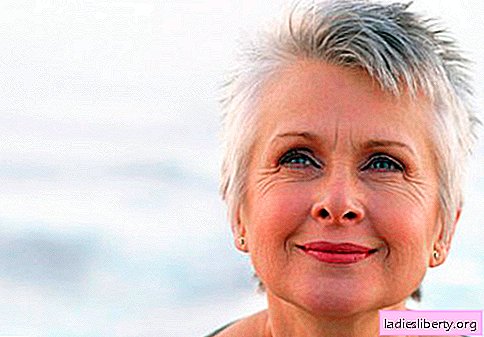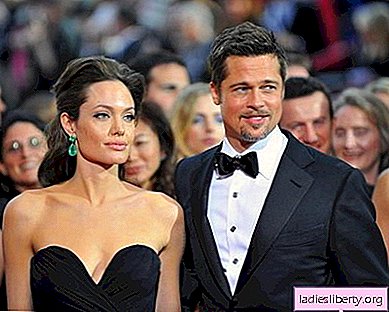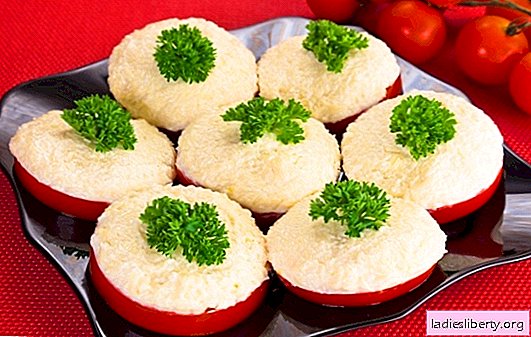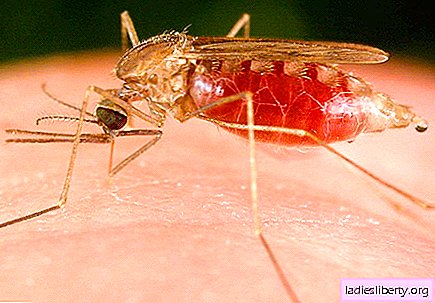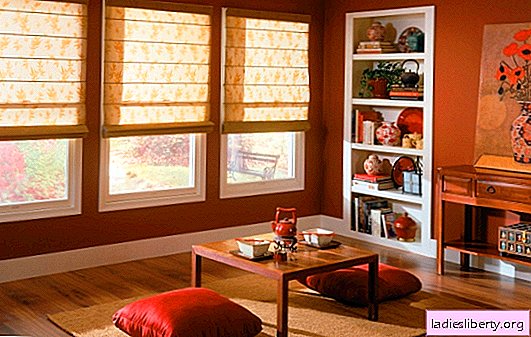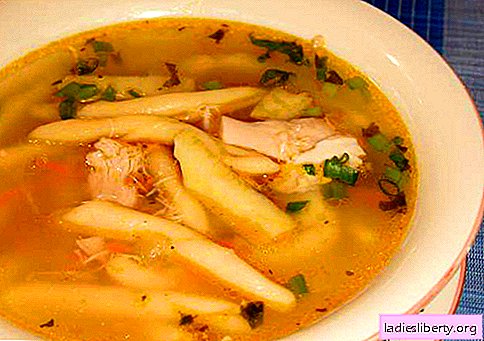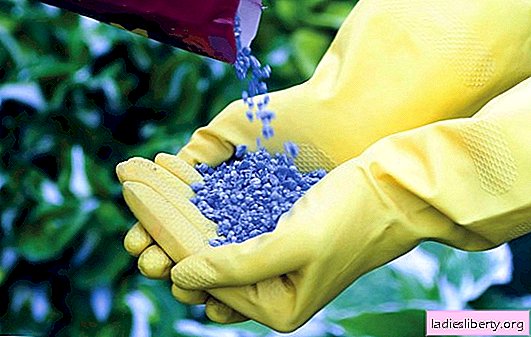
Almost every garden grows a pear. To get a good harvest, the tree needs care and top dressing. The task of each gardener is to figure out what and when to feed the pear.
Feeding all the rules
Only the correct application of fertilizers replenishes the nutritional reserves of the tree and does not harm its health. Seasoned summer residents are advised to feed them regularly, which makes it possible to collect a stable crop.
Some gardeners do not fertilize under fruit trees if they are grown on fertile soil. This is fundamentally wrong! Each soil is depleted over time, the supply of nutrients decreases. You need to feed the tree, otherwise the lack of nutrients will affect fruiting.
Based on this, the first top dressing of a pear must be done before planting it. How? Before planting the seedlings, they cultivate the soil, make mineral fertilizers and dig them well. In the future, the introduction of nutrient mixtures is carried out twice a season. As a rule, this is done in the fall and spring.

Why feed a pear in the fall?
Autumn top dressing of fruit trees is carried out in the area of the trunk circle. It allows the tree to store all the necessary nutrients for a long winter. Such top dressing is done after harvest, when the leaves on the tree are more than 30% yellow. Young seedlings feed on a different technology. Fertilizers are made under digging.
Important! Fertilizing trees begins in the second year of cultivation.
Young pears do not need additional nutrition if preplant planting was done and the pit was filled with fertilizers according to all the rules. The supply of nutrients should be enough for a tree for two years.
How to feed a pear garden in the fall?
In the autumn, feeding should saturate the tree before winter, but not cause rapid growth. Therefore, the use of nitrogen-containing mixtures in this period is contraindicated. As a rule, in the fall, pears are fertilized with minerals. Nutrient solutions are prepared from them, which water the tree.
Recipe for mineral nutrition No. 1
• Potassium chloride - 1 tbsp. l;
• Superphosphate - 2 tbsp. l;
• Water - 10 liters.
All components are mixed in water, the prepared solution is irrigated pears.
Advice! Bring 150 g of ash per 1 sq. M for autumn digging. m. of soil. Pear is very responsive to such fertilizers.
In the autumn, fertilizing with complex mineral fertilizers is important.
Recipe for complex nutrition No. 2
• Urea - 1 tbsp. l;
• Superphosphate - 2 tbsp. l;
• Phosphorite flour - 1.5 tbsp. l;
• Potassium sulfate - 1 tbsp. l;
• Potassium chloride - 1 tbsp. l;
• Wood ash - 500 gr;
• Ammofoska - 3 tbsp. l

Experienced gardeners use peat and humus as an autumn top dressing. Winter mulching of the near-trunk circle with organics not only preserves the root system of the tree, but also nourishes it. The thickness of the mulching layer should be at least 15 cm.
At the end of summer, foliar top dressing of trees can be carried out. It will help the wood mature well and lay new buds for the future harvest. For these purposes, potassium and phosphorus preparations are used.
Autumn feeding the garden is very important but an overabundance of nutrients is just as harmful as their lack. All substances in the mixtures must be balanced. The calculation of fertilizers is done based on the area of nutrition and the root system of the tree. For seedlings from 1 to 4 years, the nutrition area is not more than 5 square meters. m. In trees up to 8 years, the area increases to 10 square meters. m
How to fertilize a pear in spring?
With the onset of warm days, the gardener has many tasks. Awakened trees need additional nutrition and replenishment. During this period, fertilizers are applied both in liquid and in granular form.
If the spring is rainy, then nutrients are best made for reforging. Pellets close up to a depth of not more than 10 cm. Dry weather conditions oblige the gardener to prepare nutrient solutions that are used for root and foliar top dressing.
Spring dressing is carried out in several stages:
• before budding;
• before flowering;
• after flowering;
At different stages of tree development, he needs various top dressings.
How to feed a pear in the spring?
The first feeding is carried out with nitrogen-containing fertilizers, which contribute to the active growth of young shoots. Urea, nitrate, chicken droppings are well established.
Recipes of the first spring top dressing
1. 2 tbsp. l nitrate is bred in 10 liters of water. The solution is used for root dressing of fruit trees.
2.100 g of urea is bred in 5 liters of water. The nutrient mixture is designed for one tree.
3. 500 g of chicken droppings are bred in a bucket of warm water and allowed to stand for about a day. This solution is watered the root zone.
In the period after flowering, the pear needs supplements that increase the quality of the fruit. During this period, green fertilizers are used, which are planted to a depth of 10 cm. In addition, it is useful to feed the tree with a nitroammophos. It is diluted with water in a ratio of 1: 200, i.e., 1 kg of the drug is needed per 200 liters of water. Pear is poured with a solution at the rate of 3 buckets per tree.
When the fruits are tied, the pear is fertilized with phosphorus-potassium mixtures. The lack of these elements leads to the fact that the ovaries become smaller, fall off, and the leaves lose their color. If the spring is cold, it is useful to carry out spraying, which positively affects the plants. The fact is that in cold, rainy weather, the roots cease to absorb nutrients from the soil. You can help the plant with foliar top dressing.
Tips from experienced gardeners
• It is necessary to bring organic matter under the pear regularly, as a rule, this is done every three years.
• Do not apply different types of fertilizer at the same time. Each season has its own top dressing. If you do not adhere to this rule, you will get a burn of the root system, which will lead to the death of the plant.
• When planting pear seedlings, only mineral fertilizers are put in the pit. The addition of potassium or nitrogen preparations leads to damage to the root system.
• You can determine which element is missing from the tree by its appearance.
• Underdeveloped and faded leaves indicate a lack of nitrogen.
• Excess nitrogen in the soil leads to a decrease in winter hardiness of the tree, poor aging of the bark.
• In mid-September, all top dressing with the use of nitrogen preparations is completed.
• Flower buds are not planted and flowering is late? This indicates a lack of phosphorus.
• Lack of potassium appears on the leaves, they quickly dry and wrinkle.
• Leaf spotting indicates a lack of calcium in the soil. Ash is regularly added under the pear.
• The ash solution is used as foliar top dressing of pears, which not only nourishes the tree, but also helps in the fight against harmful insects.
• Liquid organic fertilizers are used only after fermentation. Chicken droppings, manure insist for at least 5 days.
No matter how useful feeding, their use is justified only if it is necessary. The main task of the gardener is to use fertilizers correctly and to apply them carefully. Excess nutrients lead to diseases and affect crop yields.

